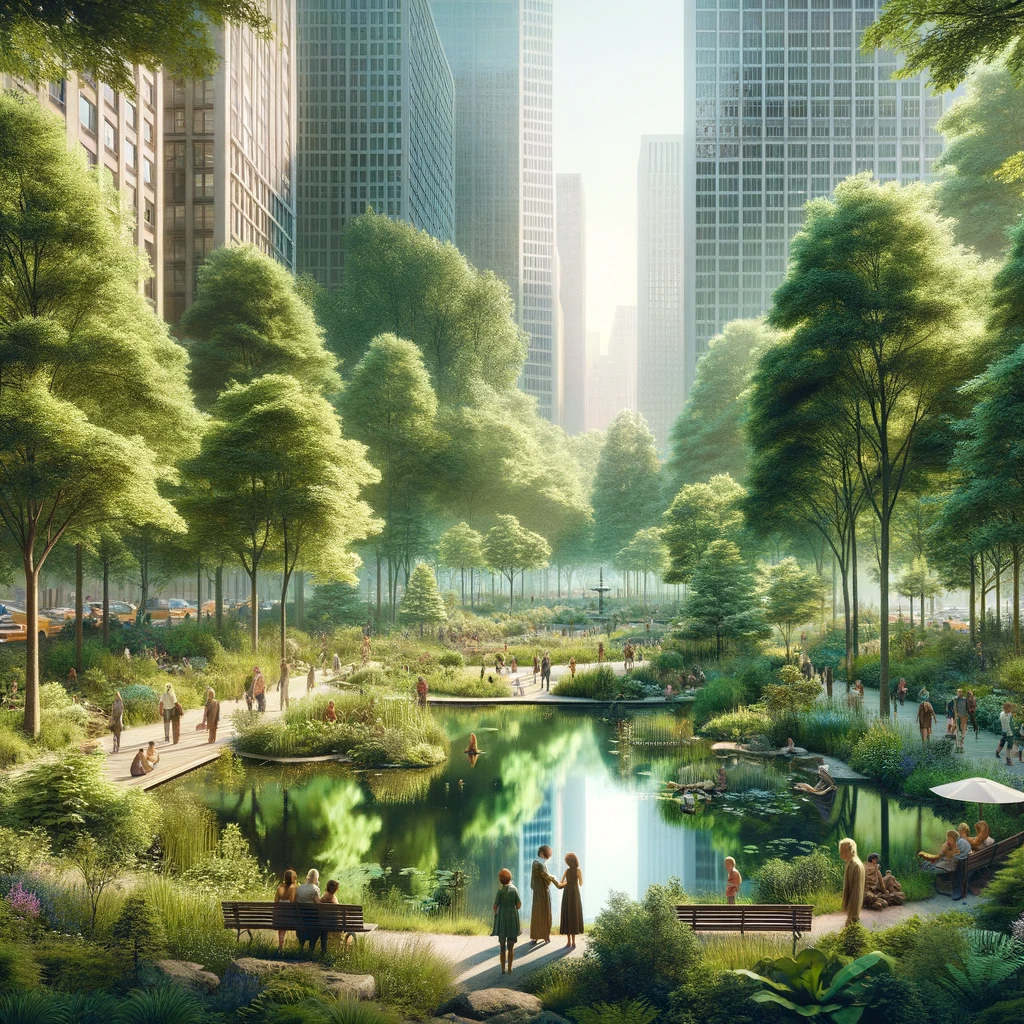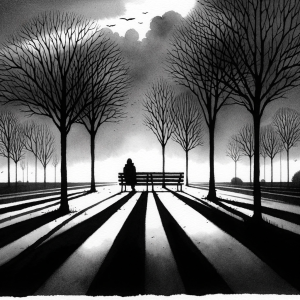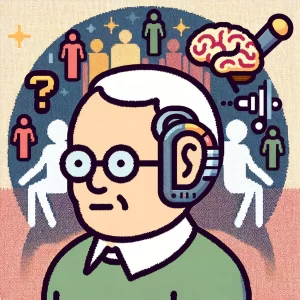
Green Spaces as a Remedy for Loneliness: Insights and Implications
In an era where loneliness is increasingly recognized as a public health concern, a recent systematic review titled “Green space and loneliness: A systematic review with theoretical and methodological guidance for future research” sheds light on a compelling approach to mitigate this issue. This study delves into the relationship between green spaces, such as parks and gardens, and feelings of loneliness. Understanding this connection could revolutionize our approach to urban planning and public health.
The Research: A Deeper Look
The study reviewed 22 papers, mostly from high-income countries, to understand how exposure to green spaces impacts loneliness. The findings are promising: a significant portion (66.6%) of the studies suggested that green spaces might protect against loneliness. This evidence aligns with previous qualitative research highlighting the psychological and social benefits of interacting with nature.
The Implications for Public Health
The implications of these findings for public health are profound. Urban greening, an already valuable tool for combating climate change and enhancing biodiversity, could also play a crucial role in mental health. By providing accessible green spaces in urban areas, we can foster environments that encourage social interaction, promote physical activity, and offer a refuge from the stress of urban living.
The Role of Urban Planning
Urban planners and policymakers should take note of this potential. Incorporating more green spaces into city landscapes could be a cost-effective and multifaceted strategy to enhance public health. This approach goes beyond aesthetics; it creates spaces promoting well-being and social connectivity.
Limitations and Future Directions
However, the research isn’t without its limitations. Most studies were cross-sectional and conducted in high-income countries, which may limit the generalizability of the findings. Furthermore, there’s a need for a more nuanced understanding of how different types of green spaces affect various forms of loneliness. Future research should focus on longitudinal studies and explore the impact of green spaces in diverse socio-economic and cultural contexts.
Conclusion
This systematic review opens a new chapter in understanding how our environment influences our mental health. It suggests that integrating green spaces into urban areas could be a key strategy in combating our societies’ rising tide of loneliness. As we continue to explore this relationship, the potential for green spaces to heal and connect us becomes increasingly clear.
Even More Public Health News and Research — in your inbox
Step into the role of a public health change-maker with ‘This Week in Public Health.’ Each issue brings you closer to the heartbeat of community health, innovative research, and advocacy. It’s more than news; it’s a platform for transformation. Subscribe for free and join a community of informed individuals driving positive change in public health every week!



